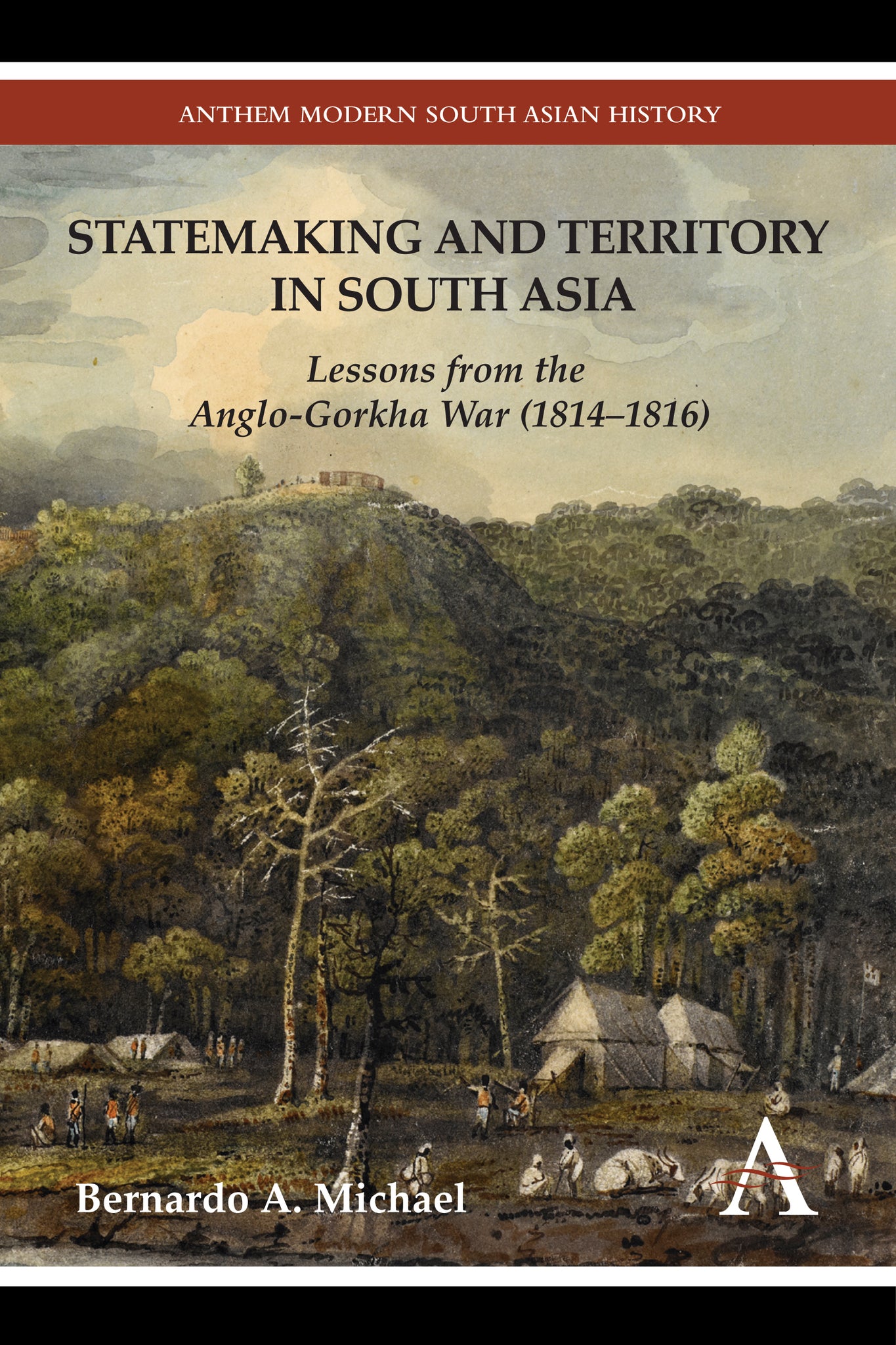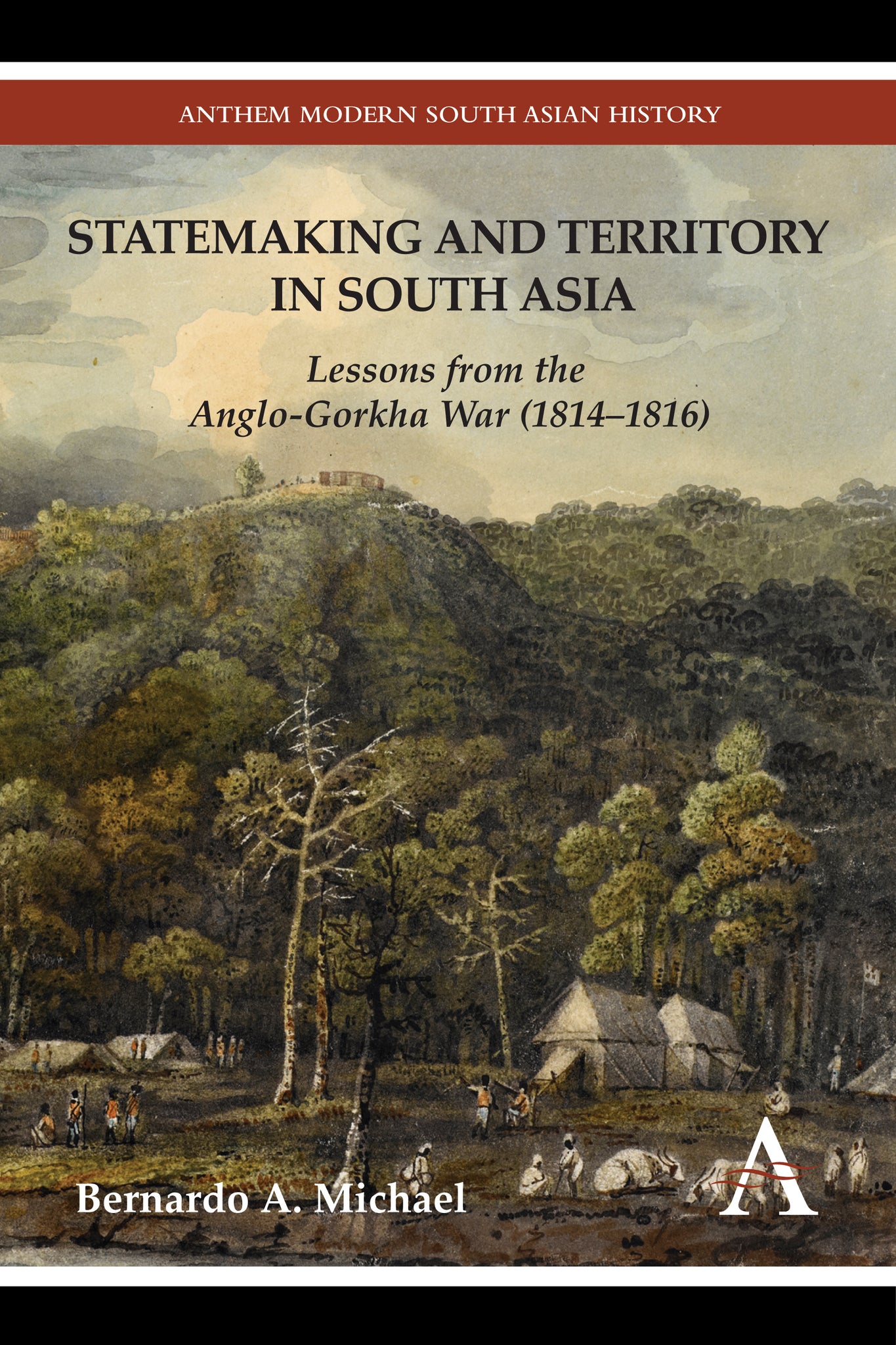We're sorry. An error has occurred
Please cancel or retry.
Statemaking and Territory in South Asia

Some error occured while loading the Quick View. Please close the Quick View and try reloading the page.
Couldn't load pickup availability
- Format:
-
15 December 2012

“Statemaking and Territory in South Asia: Lessons from the Anglo–Gorkha War (1814–1816)” seeks to understand how European colonization transformed the organization of territory in South Asia through an examination of the territorial disputes that underlay the Anglo–Gorkha War of 1814–1816 and subsequent efforts of the colonial state to reorder its territories. The volume argues that these disputes arose out of older tribute, taxation and property relationships that left their territories perpetually intermixed and with ill-defined boundaries. It also seeks to describe the long-drawn-out process of territorial reordering undertaken by the British in the nineteenth and twentieth centuries that set the stage for the creation of a clearly defined geographical template for the modern state in South Asia.

HISTORY / Asia / South / General, Asian history

List of Maps, Plates and Tables; Acknowledgments; Abbreviations; Chapter 1: Statemaking, Cultures of Governance and the Anglo–Gorkha War of 1814–1816; Chapter 2: The Agrarian Environment and the Production of Space on the Anglo–Gorkha Frontier; Chapter 3: The Champaran–Tarriaini Frontier; Chapter 4: The Gorakhpur–Butwal Frontier; Chapter 5: The Disjointed Spaces of Precolonial Territorial Divisions; Chapter 6: Making States Legible: Maps, Surveys and Boundaries; Chapter 7: Conclusion; Glossary; Notes; Archival Sources; Bibliography; Index



